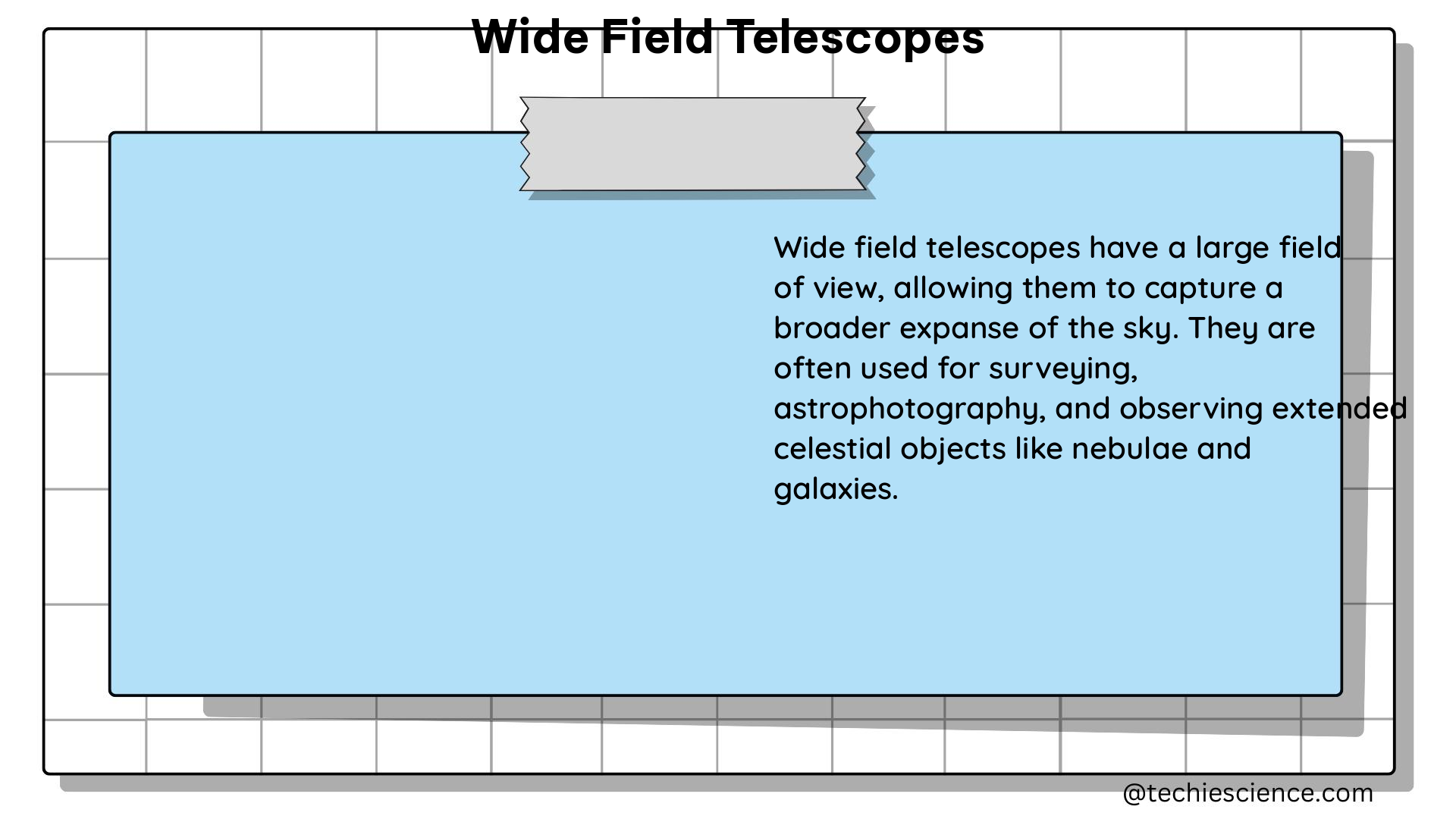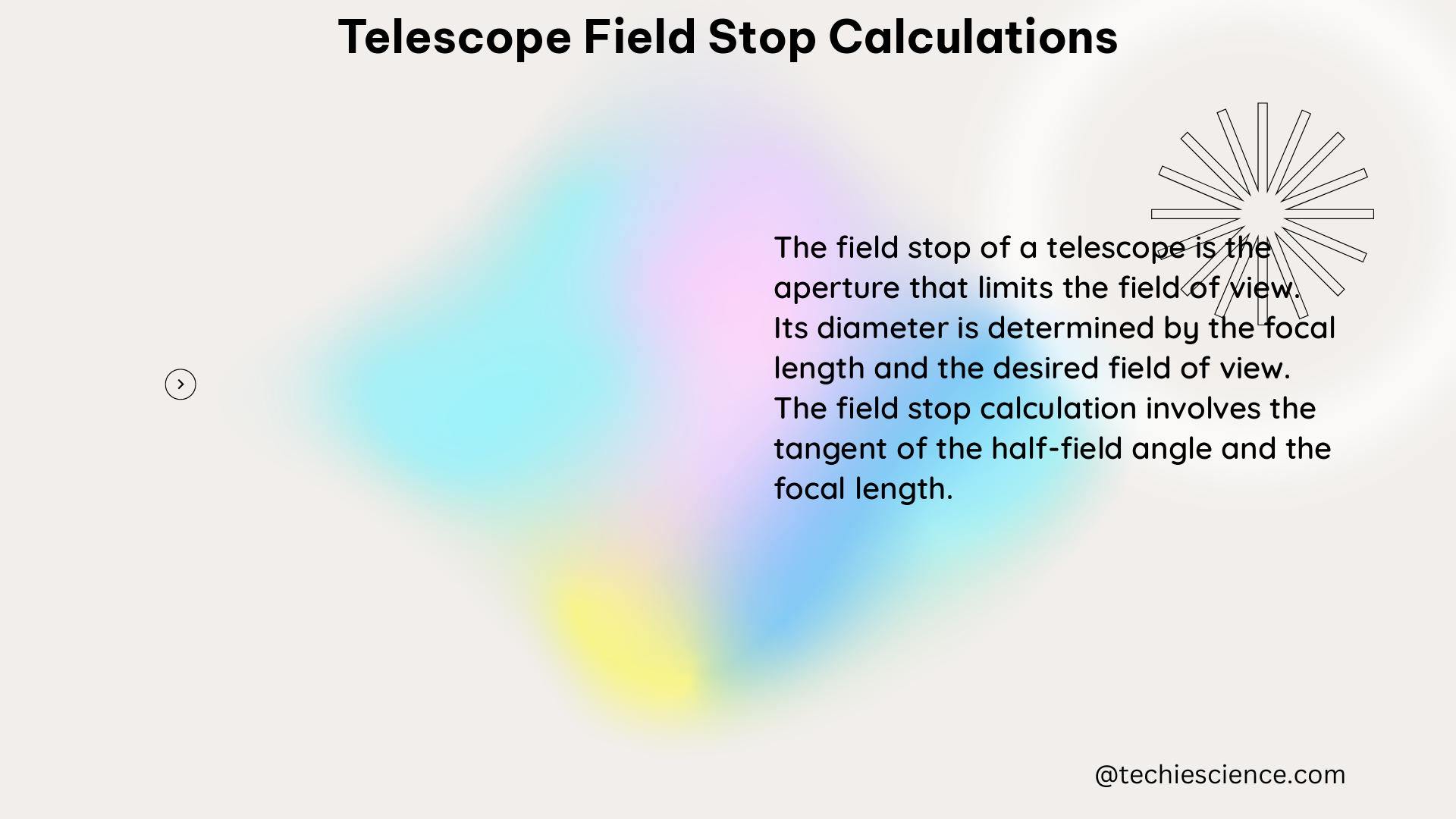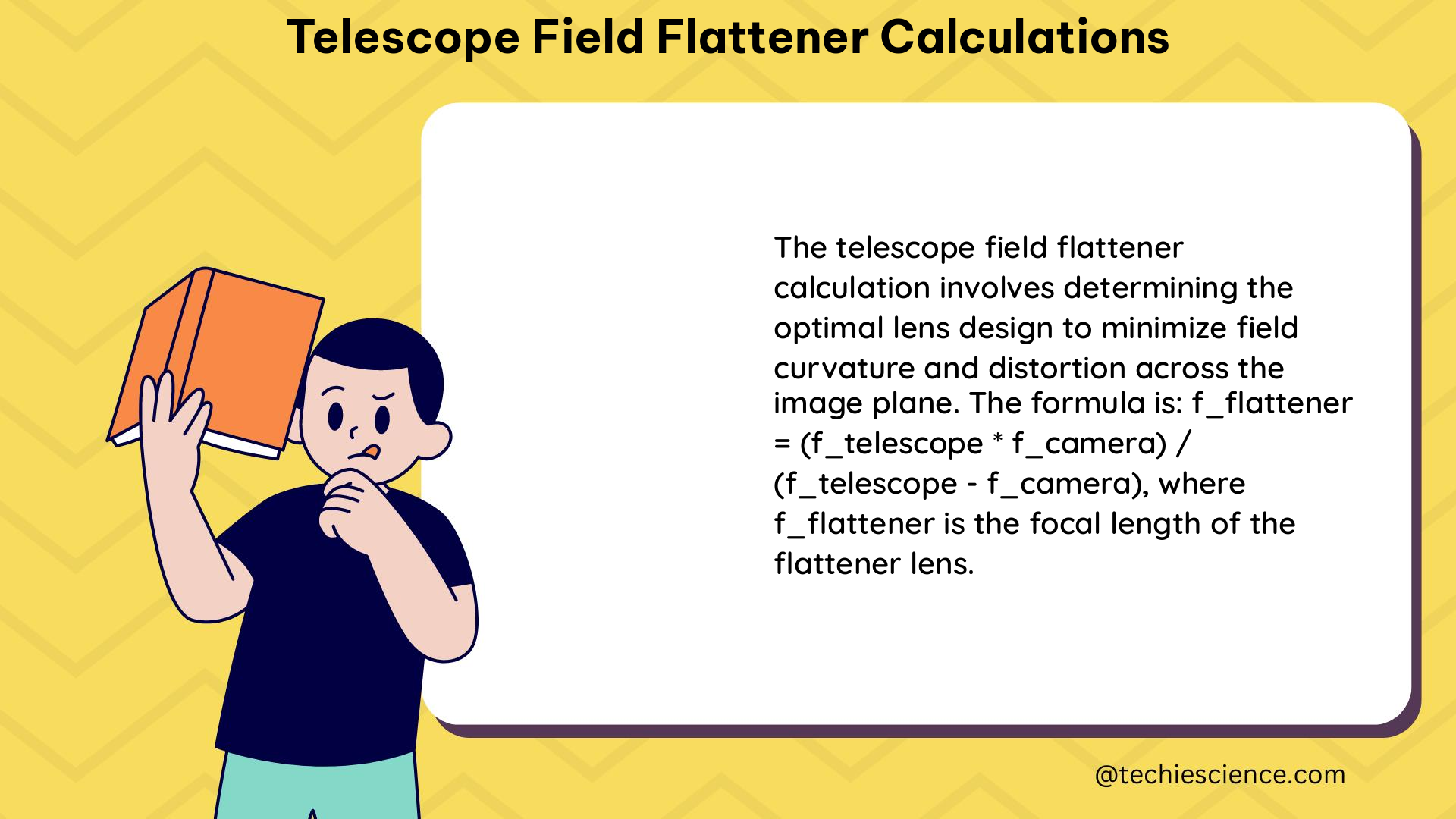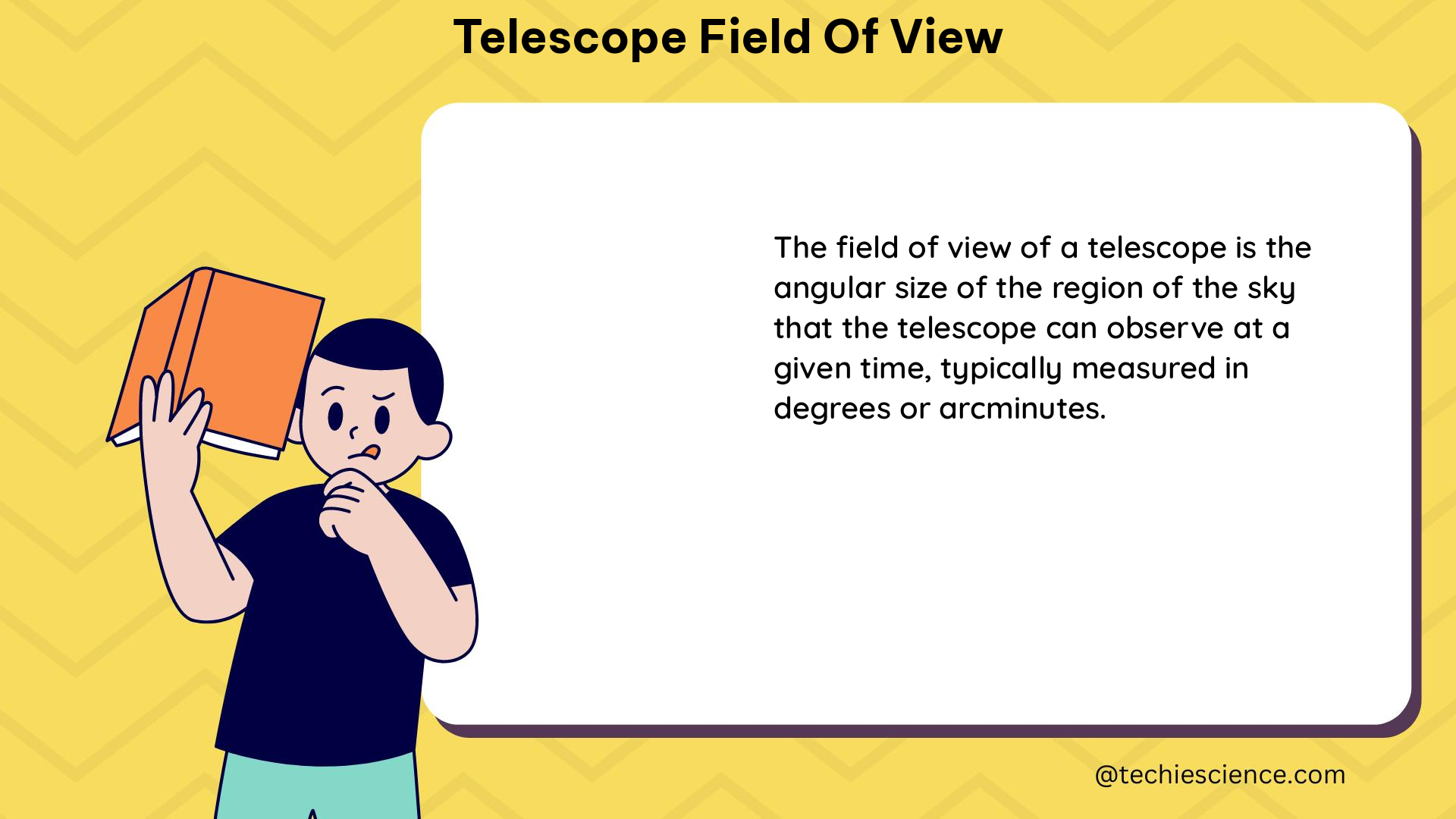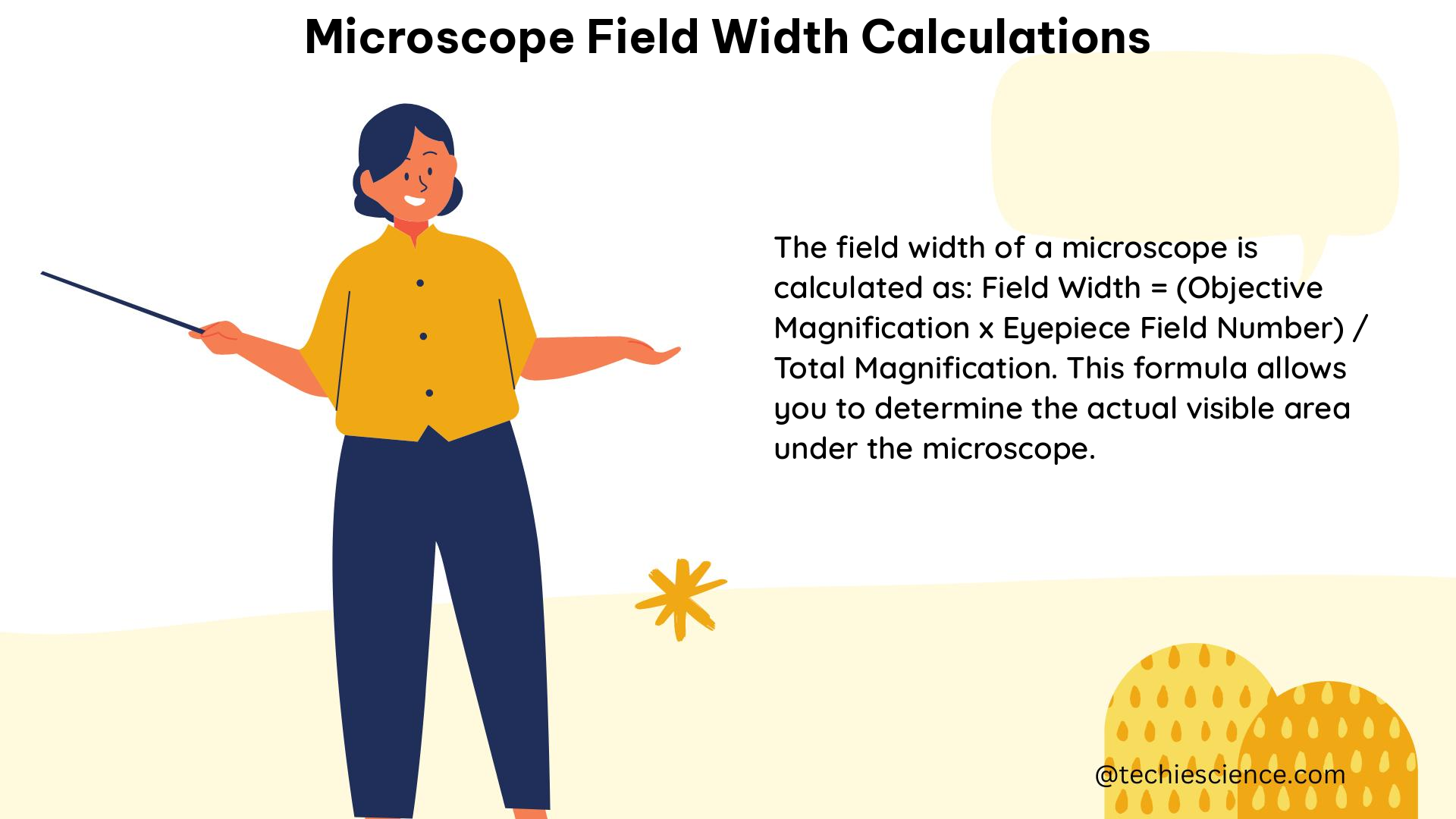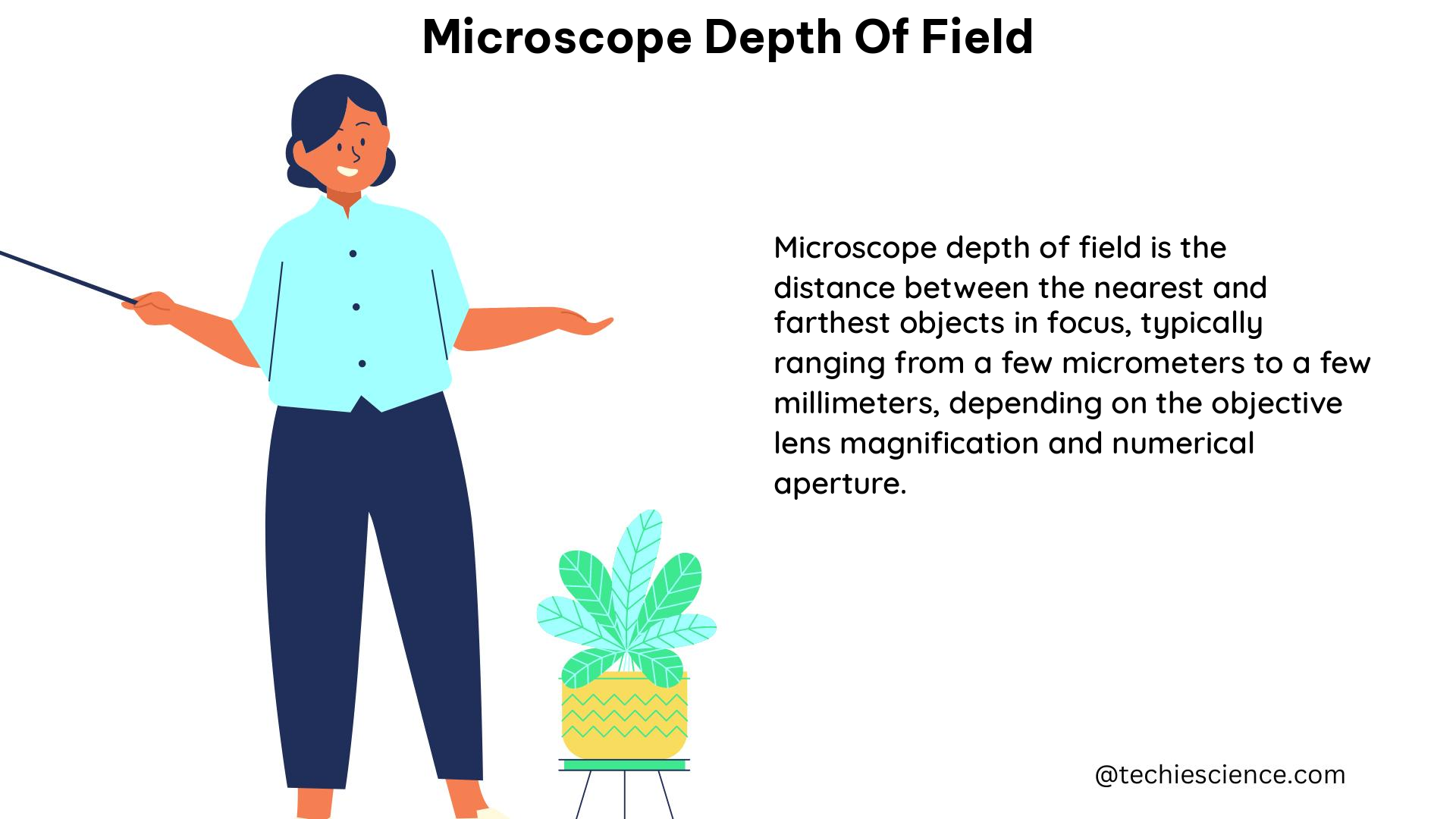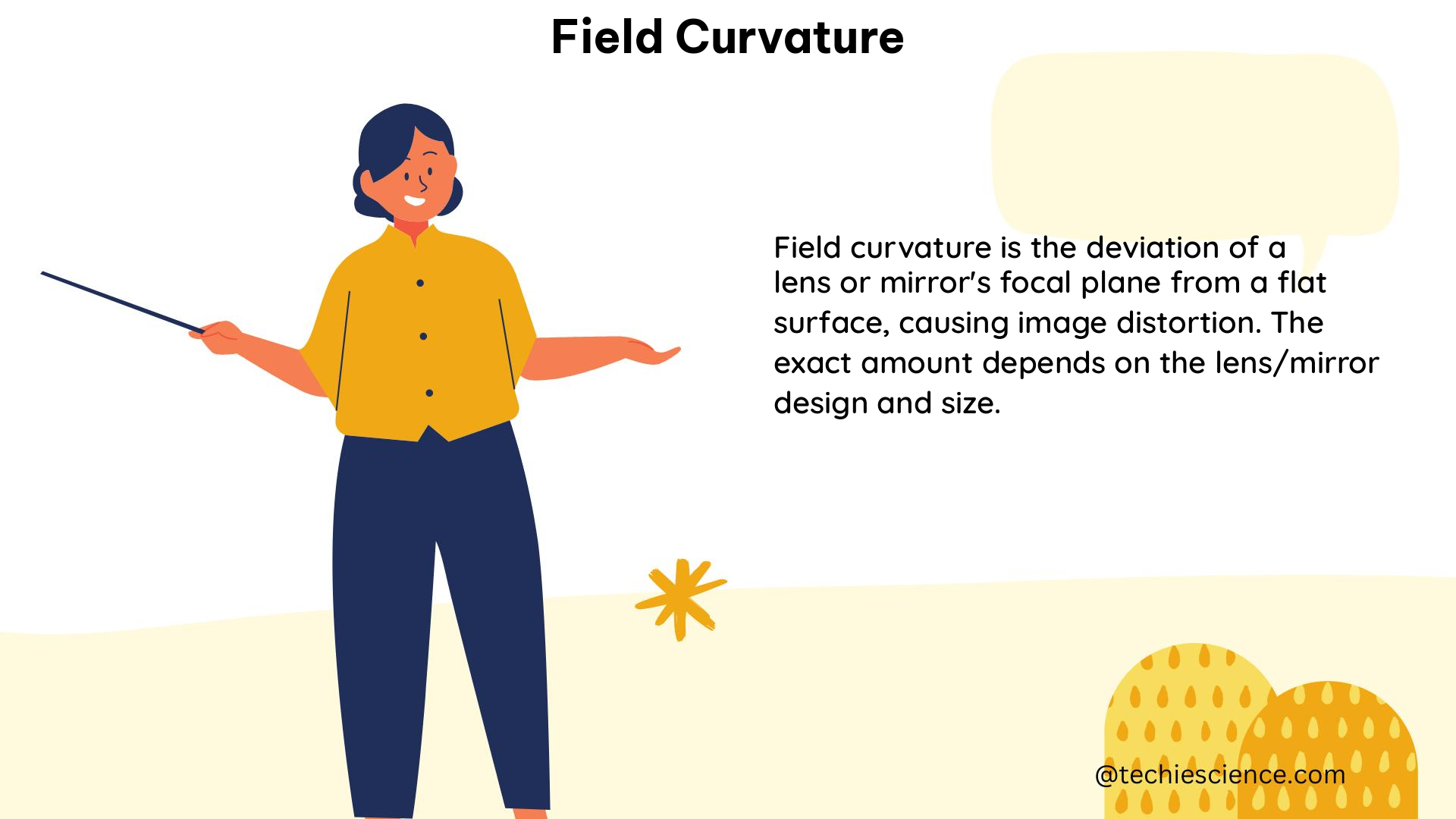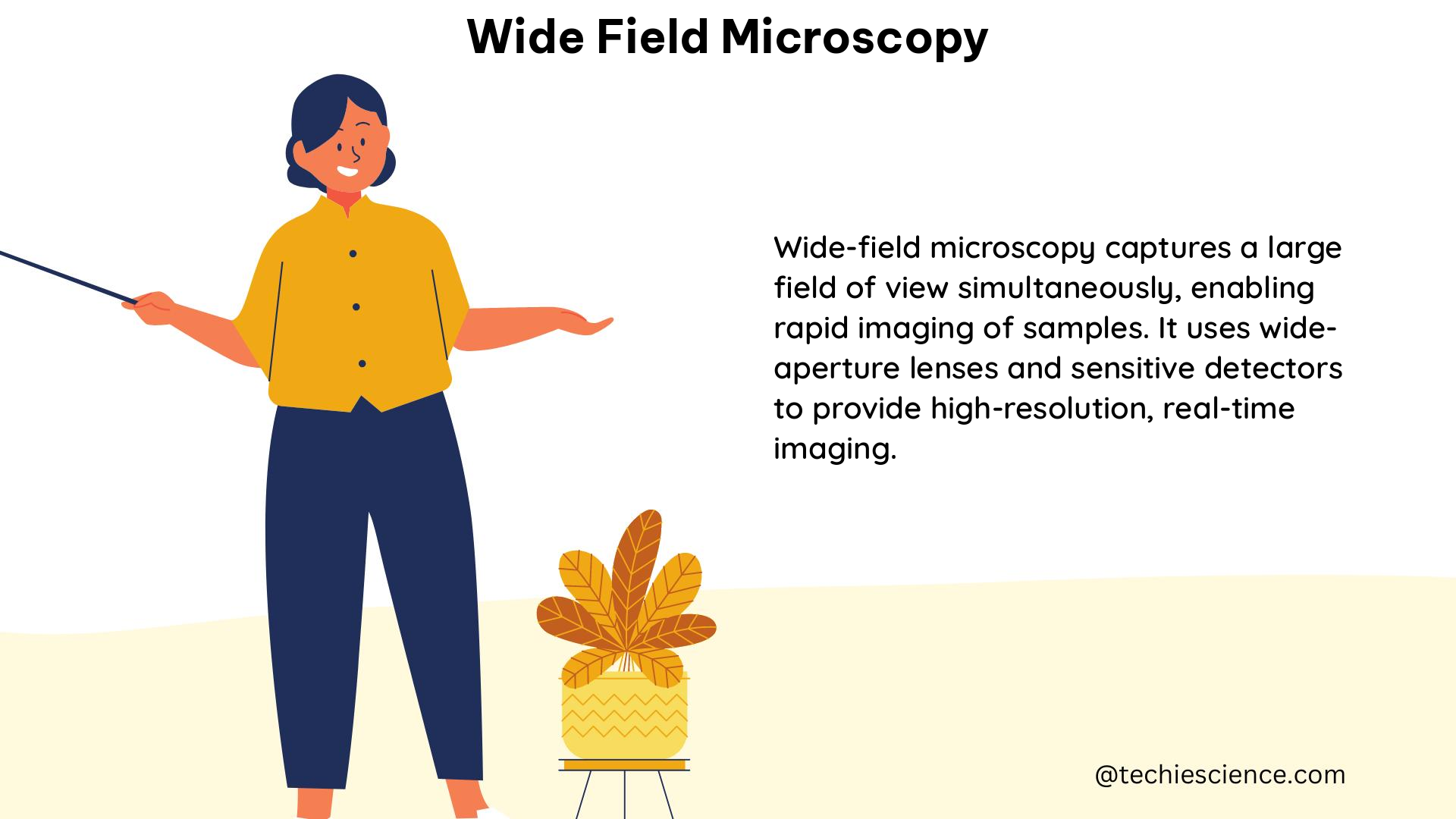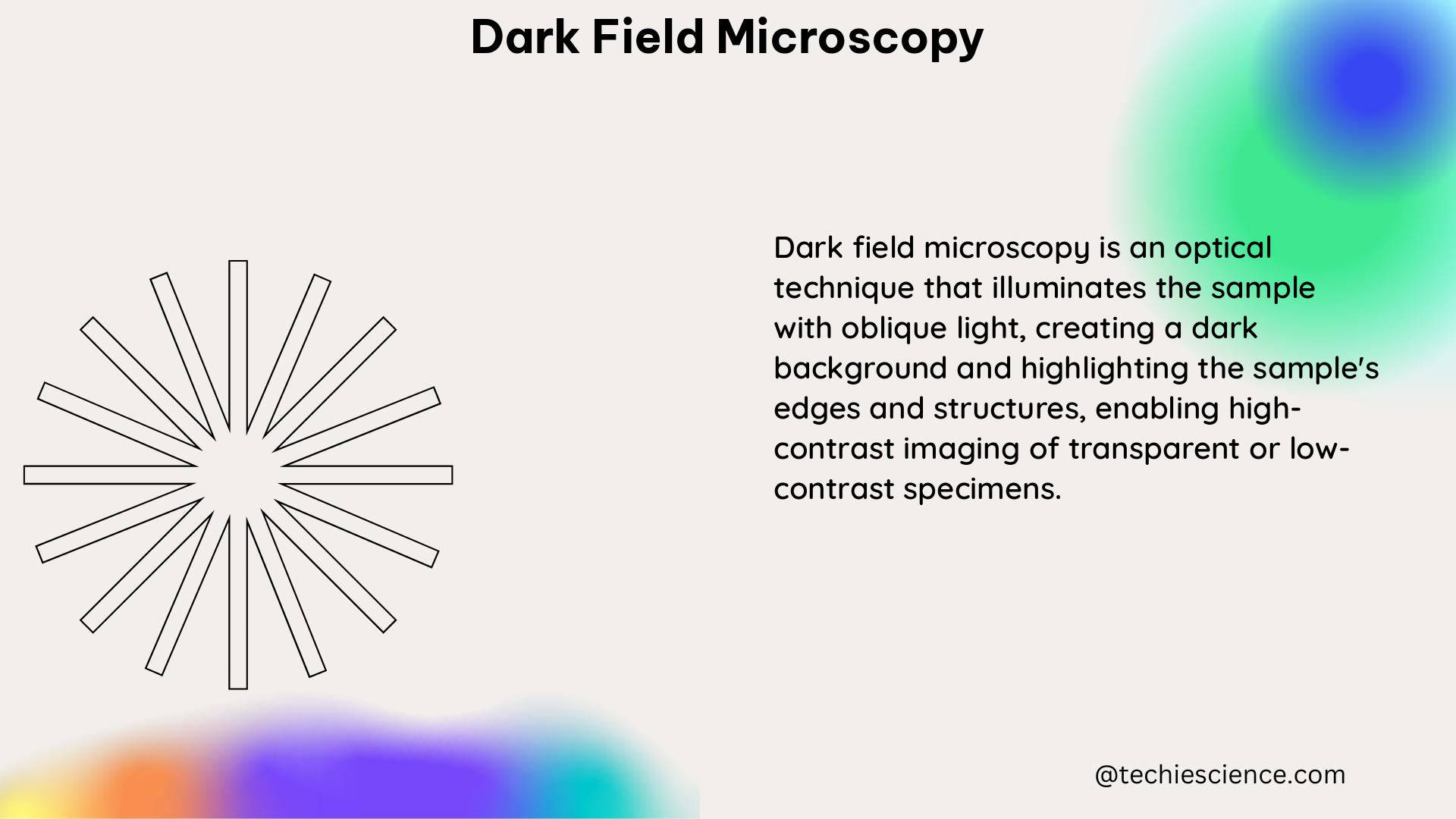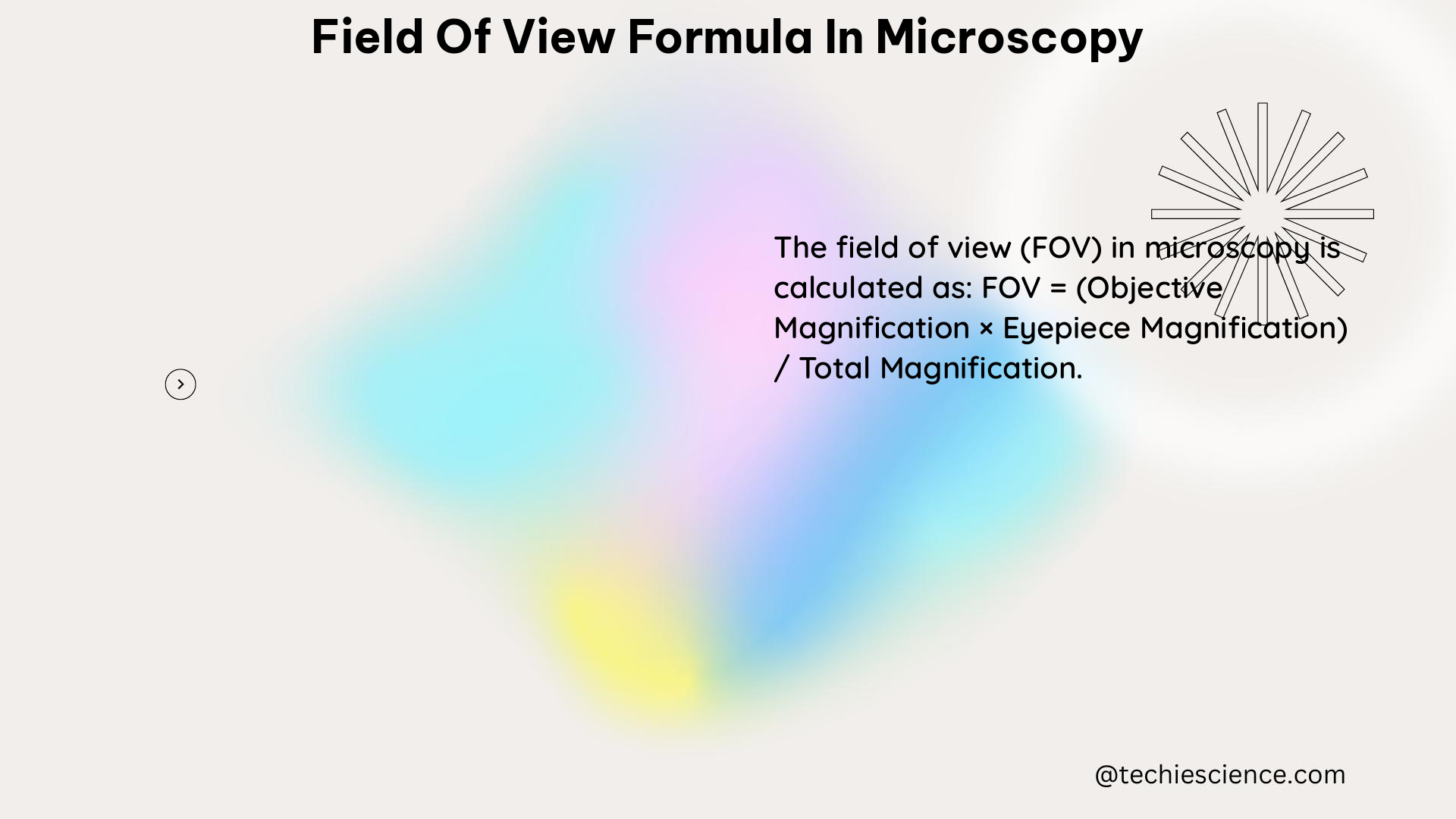Wide Field Telescopes: A Comprehensive Guide for Physics Students
Wide field telescopes are powerful instruments designed to capture large swaths of the night sky, making them invaluable tools for a variety of astronomical and space-based applications. These telescopes, with their short focal ratios and expansive fields of view, are capable of observing and tracking a multitude of celestial objects simultaneously, from distant galaxies to … Read more
